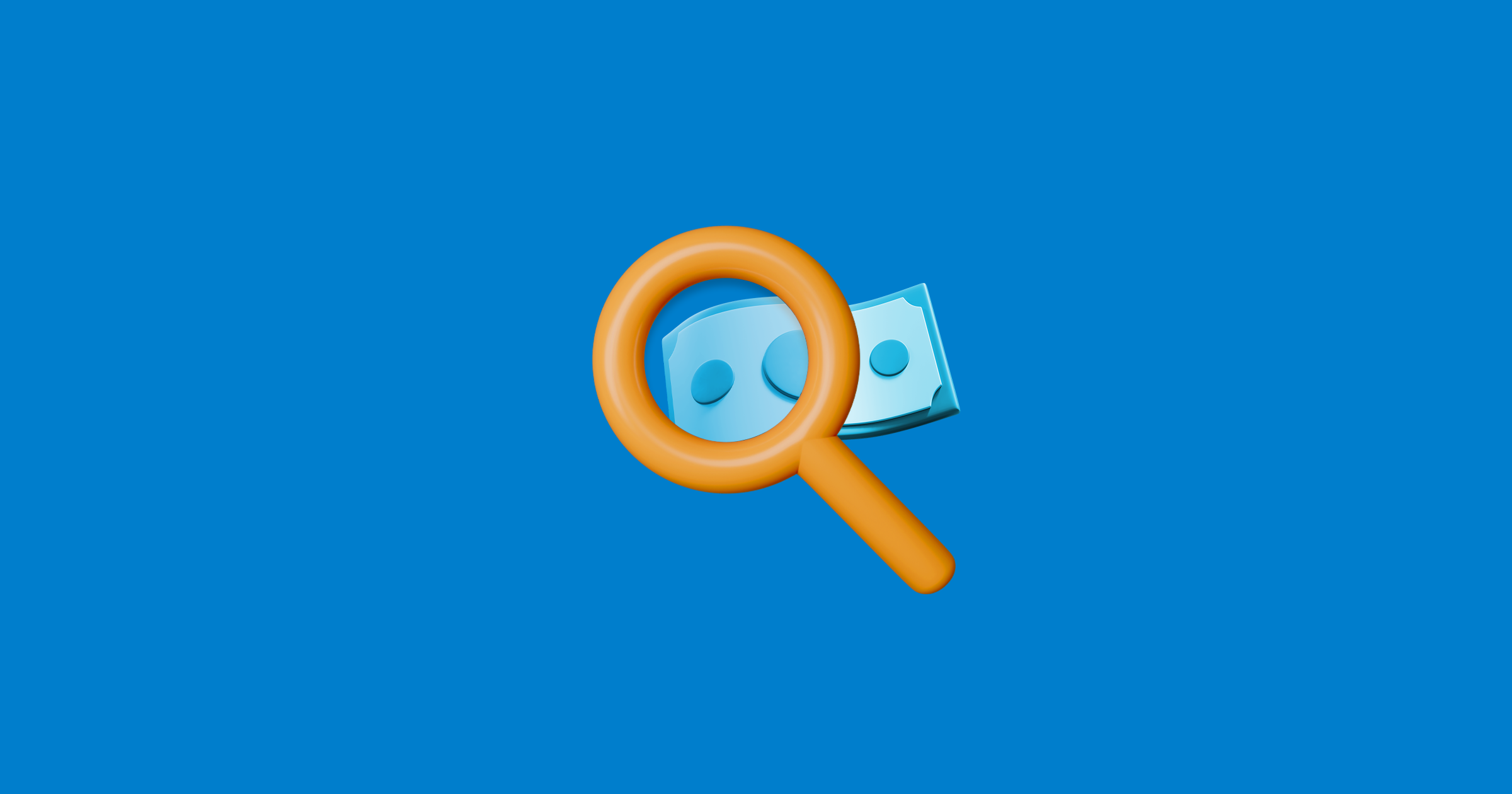You can’t invest without accepting risk. That is why being risk-averse means you can’t proceed with investing yet. However, this doesn’t mean there’s nothing you can do to chase after your financial goals.
Here are some steps you can take while you navigate this part of your journey toward financial security.
1. Work on your financial health
You may be risk-averse if you feel you’re not financially stable yet and investing isn’t affordable, especially given the risks. Investor or not, it’s important to build a strong financial foundation.
You can start off with the basics like learning how to budget, saving for emergencies, and paying off obligations.
- Create a sound budgeting plan
To have control over your money, you should know where it goes and find out if there are better ways to manage your spending.
Consider methods like the 50/30/20 strategy of zero-based budgeting, then tweak your plan according to your situation and preferences.
Following a budget builds patience and discipline, which will be crucial in improving your financial situation as well as in investing once you’re ready to begin.
- Repay any debt
Debt is not entirely bad, but having a lot of bad debts can affect your willingness and capacity to take risks with your money. It helps to tell apart good debt from bad debt when planning how to repay them.
It may be ideal to prioritize paying down bad debt, or those that have costly interest rates but do not contribute to your overall financial well-being.
With debt under control, interest charges won’t eat into your income as much. You’ll also free up money for needs, savings, or future investments.
- Save for emergencies
An emergency fund offers security and peace of mind since it allows you to financially prepare for life’s uncertainties. If you haven’t yet, start saving up at least 3 to 6 months’ worth of your living expenses to create your safety net or buffer fund.
Once you have this set-up, it may be easier to begin thinking of your future and handling your money with your long-term plans in mind. This can also lessen the possibility of your investments getting derailed by unexpected expenses.
2. Open a time deposit
Time deposits are an option if you want to grow your money by an acceptable amount while taking on relatively very little risk.
Unlike money in pooled funds, bonds, or stocks, time deposits are insured by the Philippine Deposit Insurance Corporation (PDIC).
Risk-averse individuals can consider these products because there’s an assurance they’ll get their money back under certain conditions in case the bank closes.
With time deposits, you can try your hand at setting aside money and leaving it untouched as it grows. You may begin to understand the relationship between risk and reward.
3. Learn more about investing
Investing can intimidate people when they think it’s hard to understand or that it requires expert skills.
While you can’t invest yet, you can find free educational resources that can help simplify basic concepts. Just make sure that your sources of information are credible and trustworthy.
The challenges may not be so intimidating when you know how things work, what the risks mean for you, and how you can possibly manage them.
Remember that being risk-averse may not be permanent. Your risk tolerance can evolve over time as you go through life and learn from others and your own experiences.
As you work to get your finances in order, you may develop a better appreciation for money management basics and how they can help you reach goals.




